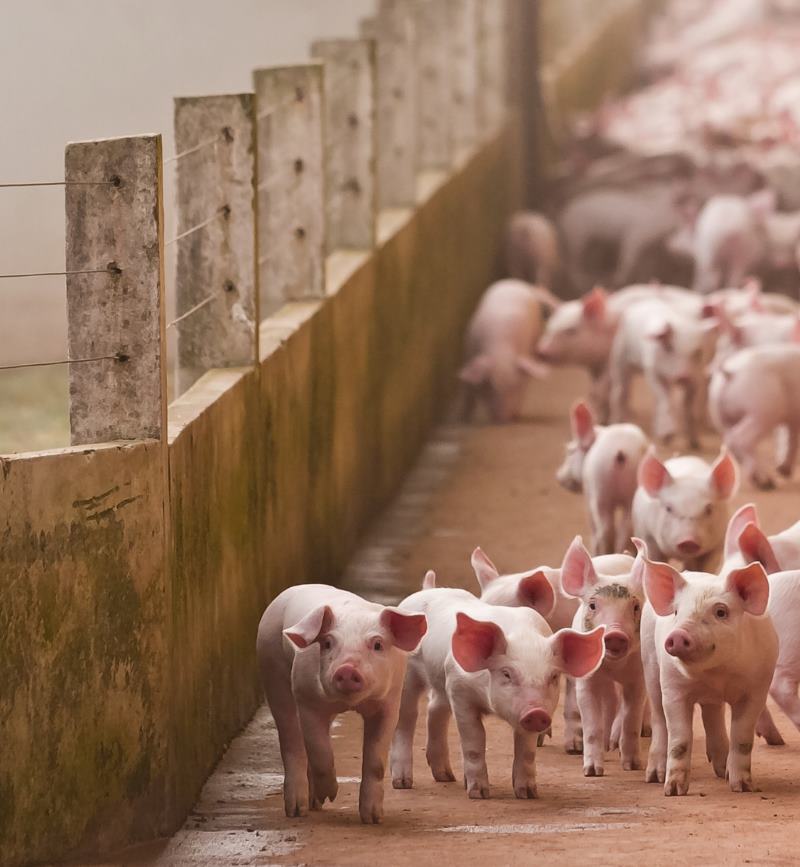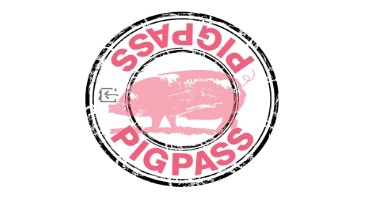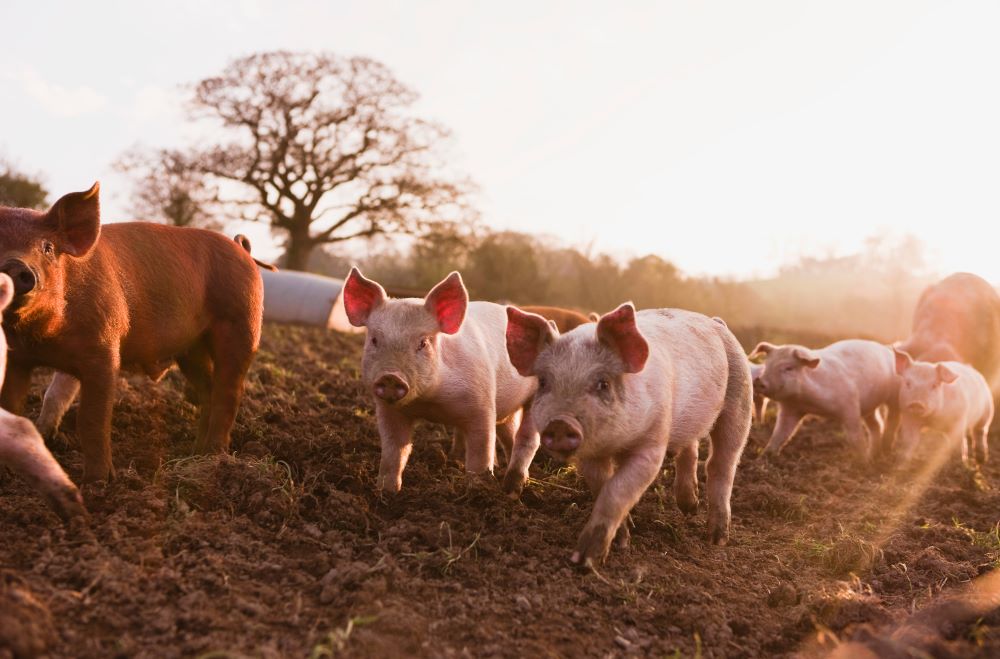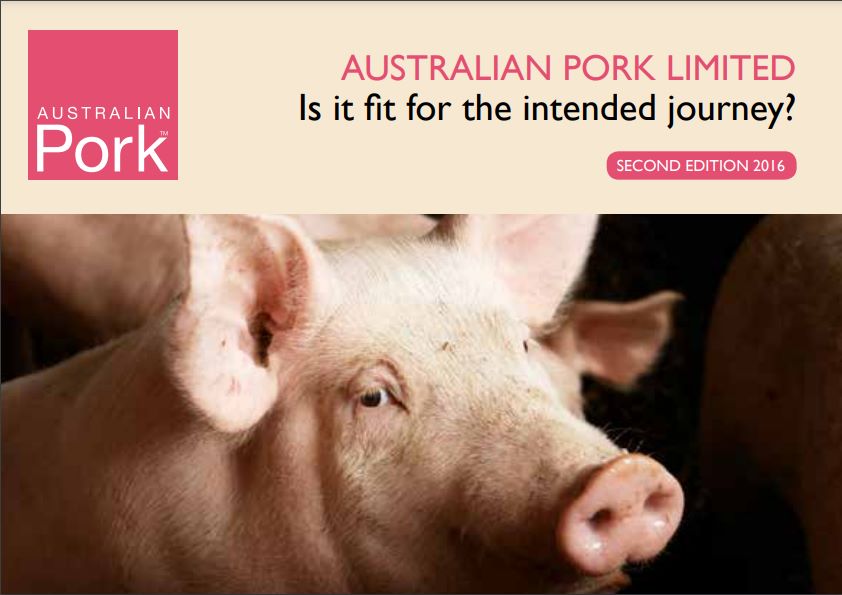Identifying and moving pigs
In NSW, it is a legal requirement for pigs to be identified prior to movement, and for all movements to be recorded in the PigPass database, which is the pig branch of the National Livestock Identification System (NLIS).
What is meant by 'legal requirement'?
The Biosecurity (National Livestock Identification System) Regulation 2017 requirements for pigs and pig owners are:
- A Property Identification Code (PIC) must be obtained from Local Land Services (LLS) for land on which one or more pigs are kept
- When sold or transported, all pigs less than 25kg live must carry a yellow NLIS breeder device (ear tag) if bred on farm; or an orange NLIS post-breeder device (ear tag) if they were purchased or are of unknown origins
- Pigs greater than 25 kg live weight may be branded with tattoo slap brand on their shoulder, or fitted with a NLIS device (tag) – yellow breeder device for bred on farm, orange post-breeder device for purchased or of unknown origin
- A PigPass NVD must accompany pigs when they are transported to a saleyard, abattoir, or another farm. The NVD must be kept for 3 years after the movement's completion
- All pig transport movements must be recorded within 2 working days on the PigPass database by the person receiving the pigs. Saleyard and abattoir operators will do this for you.
These requirements apply regardless of:
- The age or number of pigs being moved
- The purpose for which they are being moved (commercial, personal, etc)
- Who is moving them
- The location they are coming from (a property, a school, a showground, etc)
- The location they are being moved to (a property, abattoir, showground, etc)
The ability to keep a record of pig movements into, out of, and within NSW is incredibly important. It means pigs – or, rather, the pork they produce – can be traced back to a particular abattoir or property in the event of a food safety issue. It also means that pig movements can be traced in the event of a biosecurity event, like a disease outbreak, to identify points of infection, as well as prevent further spread of disease.
Looking to move or receive pigs?
Follow the NSW DPI's 8-step guide for how to properly identify your pigs, register for PigPass, and properly report the movement of pigs on to or off of your property.

Useful links
PigPass
Register for PigPass and access the PigPass portal

NLIS Pigs
Visit for more information about NLIS requirements for pigs in NSW

Contact your local LLS office
Apply for a PIC, or register for a swine brand

Fitness to load
Use this guide to assess the fitness of your pigs for loading and transport
